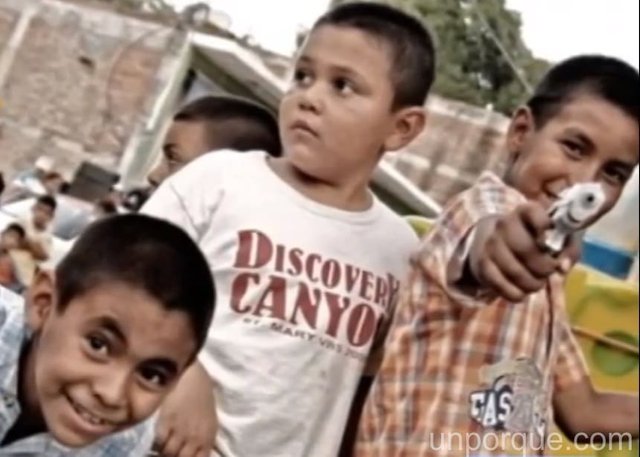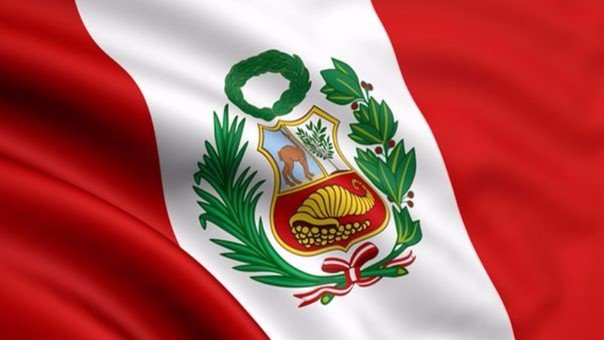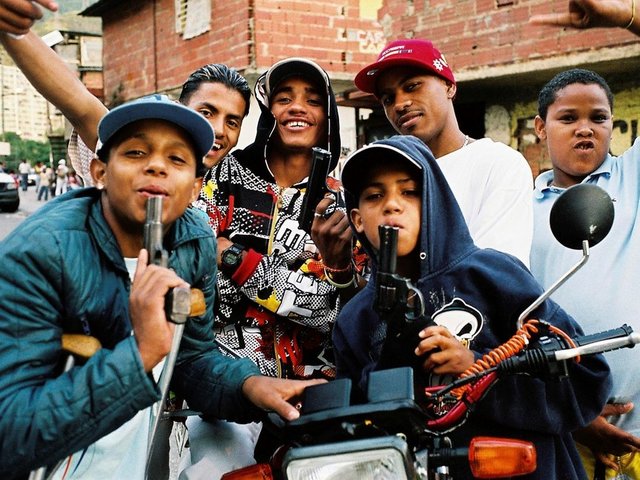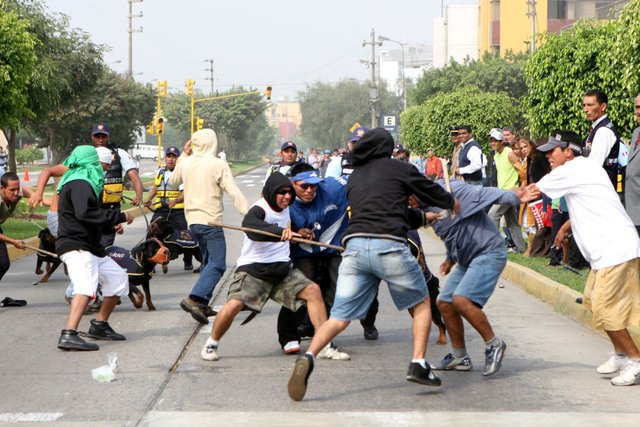Juvenile delinquency

Juvenile delinquency includes, from a legal point of view, those young people over 14 years of age and under 18 who carry out behaviors classified as offenses in the Criminal Code, although their responsibility is required by the Juvenile Criminal Responsibility Law. In Spain, juvenile delinquency has fallen slightly since 2010. Most of this crime is committed by males, with theft being the most frequent crime. In addition, explanatory theories of the phenomenon (Farrington's cognitive antisocial cognitive potential theory, Terrie Moffitt's Taxonomy and Santiago Redondo's Triple Criminal Risk Model), risk factors and protection factors, differential characteristics between male and female juvenile delinquency and, finally, the influence of the media on the perception that society has of juvenile delinquency.
Juvenile delinquency refers to crimes committed by minors. Most legal systems use ad hoc judicial bodies, such as juvenile courts, provide certain procedural specialties for prosecution and have specific coercive means for their repression, such as juvenile detention centers.
Juvenile crimes tend to receive great attention from the media and politicians. This is because the level and types of juvenile crimes can be used by analysts and the media as an indicator of the general state of morality and public order in a country and, as a result, can be a source of alarm and panic. moral.
Like most types of crimes, crimes committed by young people have increased since the mid-twentieth century. There are many theories about the causes of juvenile crimes, considered especially important in criminology. This is so, because the number of crimes committed increases enormously between fifteen and twenty-five years. Second, any theory about the causes of crime should consider juvenile crimes, since adult criminals probably have had a beginning in crime when they were young.
On the other hand, another possible source of juvenile delinquency are problems such as schizophrenia, behavioral / mental disorders, post-traumatic stress, conduct disorder or bipolar disorder.
Mental disorders
Mental disorders usually develop in childhood and usually manifest during adolescent life. (Holmes et al .: 2001 p.183) Some juvenile behavior is attributed to the diagnosable disorder known as behavioral disorder. According to the DSM-IV-TR codes 312.xx (where xx varies according to the specific subtype) adolescents who have behavioral disorders also show a lack of empathy and a disregard for social norms. The DSM is the Diagnostic and Statistical Manual of Mental Disorders published by the American Psychiatric Association and often referenced by psychiatrists to diagnose mental disorders. Juvenile delinquents who re-enter the criminal justice system are sometimes diagnosed with behavioral disorders because they show a continued indifference to their safety and that of others and their belongings.
Once the young person continues to have the same behavior patterns and reaches eighteen, then he is in danger of being diagnosed with an antisocial personality disorder and is much more likely to become a serious criminal .8 One of the main elements used in the diagnosis of an adult with antisocial personality disorder is to present a documented history of conduct disorder before age 15. These two personality disorders are analogous in their erratic and aggressive behavior.
This is the reason why habitual juvenile delinquents diagnosed with conduct disorder are likely to show signs of antisocial personality disorder at maturity. Once adolescents reach maturity, their unacceptable social behavior has become a way of life and they become career criminals.
Career criminals start with antisocial behavior before entering grade school and are versatile in the sense that they engage in an arsenal of destructive behaviors, commit crimes at very high rates, and are less likely to stop committing crimes while going getting old."
The quantitative research on the United States was done long ago, on 9,945 juvenile male delinquents between the ages of 10 and 18 in the 70s. The longitudinal cohort of births was used to examine the tendency of a small percentage of career criminals They explained the largest percentage of criminal activity. The trend showed a new phenomenon among the habitual criminals. For this study, the habitual delinquents were young people who had more than five police arrests, the phenomenon indicated that only 6% of the youth was within the definition of habitual delinquent but was responsible for 52% of the delinquency within the The entire study The same 6% of chronic delinquents explained 71% of the murders and 69% of the aggravated assaults.This phenomenon was later investigated among an adult population in 1977 and gave rise to similar results. The S.A. Mednick made a birth cohort of 30,000 males and found that 1% of males were responsible for more than half of the criminal activity. The habitual criminal behavior of young people discovered is similar to that of adults. Regular criminals "will make a career" of bad decisions and bad behavior and will probably end, sooner or later, dead or in prison. "These juvenile delinquents need treatment because they have a negative predisposition and a high propensity to continue committing crimes. .
Prevention of crime.
The prevention of crime is the general term used for all efforts aimed at preventing youth from participating in criminal or antisocial activities. Increasingly, governments are recognizing the importance of allocating resources for the prevention of crime. It is often difficult for states to provide the necessary financial resources for adequate prevention, organizations and communities. For all these reasons, governments work in collaboration for prevention.
With the development of delinquency in youth, influenced by numerous factors, prospects for prevention efforts are understandable. Services for prevention include activities such as education and treatment of substance abuse, family counseling, mentoring and youth protection, parental education, educational assistance and social intervention.
A preventive factor could be to try to eradicate violence in the media. Currently, violence is appearing in all the programs, not only in movies or series, even in the schedules dedicated to children. Violence becomes commonplace since childhood. According to Schneider, this "familiarity" of children with violence "can provoke violent and criminal behavior when they are adolescents and adults". The impressionability and the emotional capacity to react to violence diminishes and aggressiveness is accepted as a guideline of behavior. Although it is difficult to eliminate violence in the media, parents should control the situation and establish and enforce the established rules.
Juvenile delinquency in Latin America.
Chile.

Since the end of the 20th century, there has been an increase in the number of young people who engage in criminal behavior, and in August 2000, the New Code for Children and Adolescents was issued, which has been in force since June 2001 until the present. The code proposes rights, duties and obligations of children and adolescents that must be taken into account when problems of criminal and legal nature. The type of legislation of the Peruvian legal system does not consider children under 18 as criminals; but, only as offenders.
The gang is one of the most common forms in which juvenile delinquency is present. The population that comprises it are, mainly, young people living in marginal urban spaces. The violent actions of young people are a reaction of their discontent towards precarious material conditions of life, social inequality, lack of opportunities and the authoritarian political tradition that establishes relationships of subordination rather than integration and dialogue.
Peru.

The registered data about the situation of the Detention centers of juvenile offenders of the criminal law or Youth Centers of Peru of 2007 and 2012 were published by the Ombudsman's Office. According to this, it is pointed out that nine youth centers operate at the national level. In addition, in 2007 and 2012 the Youth Centers were comprised, in their majority, by males being, respectively, 95.9% and 96.8% of the population compared to 4.10% and 3.2% of the female population.
The age of juvenile offenders should range between 14 and 17 years. In the year 2012, adult population was found in youth centers. The 18-year-olds represent 20.3% of the population. Those of 19, 20 and 21 years become 9.7% of the population. The 16-year-olds represent 32.9% and the 17-year-olds represent 24.3% of the total population The percentages of the population under 18 years of age in the detention centers calculated according to the reason for their admission show that, unlike of 2007, in 2012 the criminal behavior against the estate had an increase of 13.7%. In 2007 the percentage of the population was 46.7% and increased to 60.1% in 2012.
The income from illicit drug trafficking also rose from 3.3% in 2007 to 6.4% in 2012. Other reasons for admission are: anti-social acts against the body and health, against sexual freedom, gangs, terrorism and others have declined, since in 2007 the figures were, respectively, 16.6%, 28.1%, 3.3%, 2.2%, 0.1% and 3.2% and in 2012 they fell, respectively, to 10.9%, 18.9%, 1.0% , 0% and 2.6%.
It is incredible that children and teenagers at such an early age are stealing from you in latinomerica, if you have a relative or friend who likes to steal or is (thief). Have him understand that he is doing wrong and that he must reconsider, because we do not have to let them steal us with knives or pistols.

in this picture we see children and teenagers under 18 years old and they have guns

in this image we see young people starting a fight
Congratulations @fabianserrano1! You have completed the following achievement on Steemit and have been rewarded with new badge(s) :
Click on the badge to view your Board of Honor.
If you no longer want to receive notifications, reply to this comment with the word
STOP